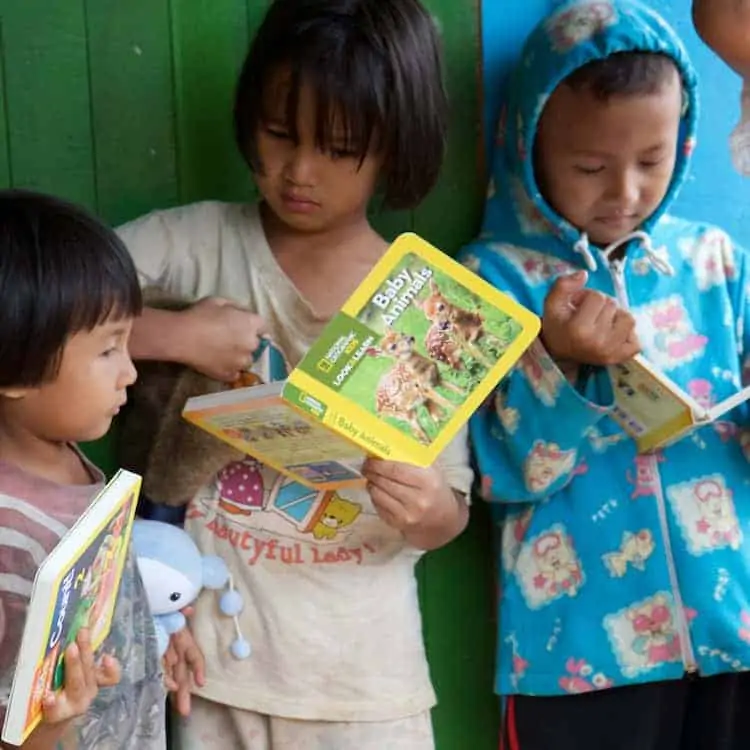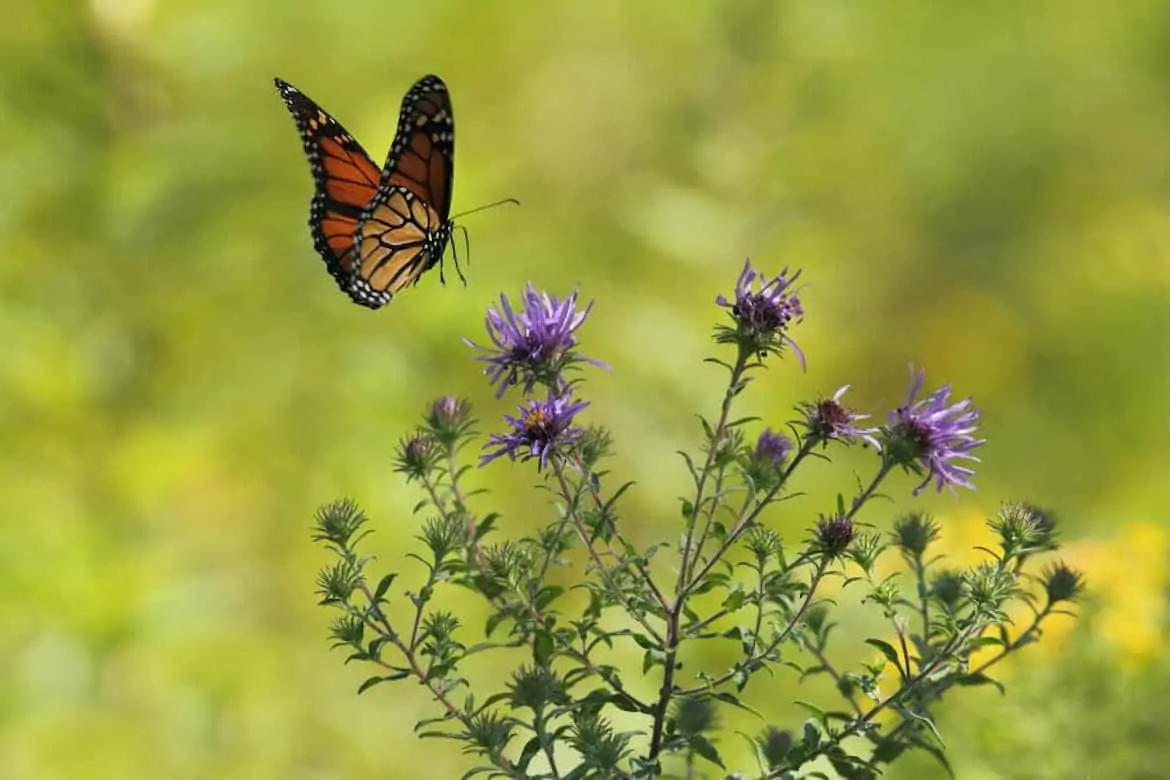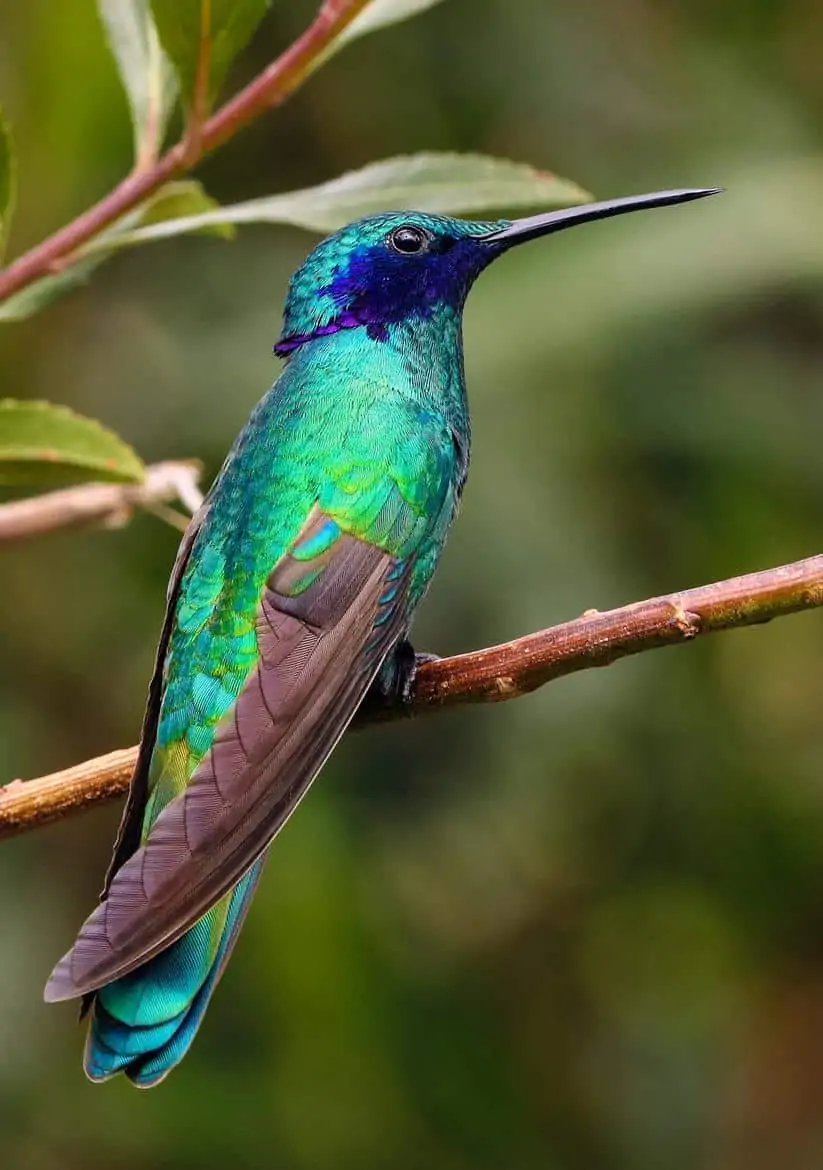Be a part of enduring change by encouraging our kids to take part in protecting wildlife every day – right in your own backyard.
Disneynature’s 2016 release “Growing Up Wild” teaches us that life is an adventure – especially for a newborn animal who has so much to learn.
From their first steps of exploring their world to their final steps into independence, “Growing Up Wild” shares the tale of five courageous animals as they tackle the very first challenges of their young lives.

From the wildest corners of the planet, we watch these cuddly newborn animals experience the triumphs and setbacks, parental lessons, and trial and effort. Lessons we can all relate to with our own children.
Disneynature films are some of our favorite because they use stunning imagery and stories to bring home the real experiences of wild animals the world over.
Just getting people to relate and care about animals and a giant step in the right direction towards making everyone a conservationist.
Another way we can be a part of real change is to encourage our kids to take part in protecting wildlife every day – right in their own backyard.
So what can we do to help wildlife and why should we care about wildlife?
In addition to the following 7 Things Kids Can Do to Help Wild Animals, you can also start fostering an interest by making easy animal crafts at a young age!
Learn more about the wild animals native to your area
Become a wildlife explorer! There are so many great ways to learn about the wildlife in your area.
Conservation centers, zoos, rescue centers and your local DNR (Department of Natural Resources) are great places to start. Consider participating in your local 4-H Club.
Get your hands on as many books about animals as you can. Our favorites are published by National Geographic.
My son expressed an early interest in animals, and we’ve nurtured this with a constant growing collection of Nat Geo for Kids books.

Get out and explore. It can be as simple as spending time in your backyard searching for bugs or hiking with a parent at a local park or trail.
Plant a wildlife garden
Create a wildlife habitat in your yard by planting native flowers, trees and bushes (those that are original to your area).
These can give local wild animals a place to hide, eat and even nest. Birdbaths and bird feeders can further support local birds.

No matter how small a yard you have, it’s possible to create a wildlife habitat.
Plant flowers, trees and bushes that are common in your area to act as shelter and food sources for wildlife like butterflies, hummingbirds, squirrels, caterpillars and more.
We have a great post on how to grow a garden that attracts butterflies.
Need creative ways to entertain and educate your kids? We have lots of free printable activities!
Know which animals you can feed, and which you can’t
Feeding wild birds with the proper bird foods inside a backyard bird feeder can be a great way to help wildlife in your area while also gaining an interest in birdwatching.
Just know that if you start feeding birds, you need to keep feeding them through the winter or you will do more harm than good.
However, you should never feed other wildlife like raccoons or dear. Feeding these animals can create many problems.
They may come to rely on you for food and forget how to forage on their own. It also makes them less afraid of humans.
Animals who are not afraid of humans can find themselves in dangerous predicaments.
Leave wild animals and plants in the wild
If you spot an animal at the park, on the trail or near a water source, let it be. These animals need to stay in their home environment to survive.
Take a picture instead!

Likewise, beautiful flowers should stay right where they are as well. A single flower can provide nourishment to many kinds of wildlife, especially our precious pollinators who can use all the help they can get right now.
Reduce, Reuse, Recycle
One way to becoming a good citizen of the world, is by making steps to go green. Now I’m not saying you need to make drastic change.
But small steps lead to bigger steps and after a while your habits and lifestyle are just different without you feeling like you are sacrificing anything.
Recycling paper protects trees, which provide food and shelter to many wild animals.
Turning off lights and unplugging unused appliances reduces electricity, which comes from power plants that pollute the environment that wild animals depend on for survival.
Picking up litter from the roadways prevents wild animals from eating things that may cause them harm while also keeping them away from the road – and harms way.
Finding ways to reuse plastics and other items that might normally be thrown in the trash can be fun for creative kids and have lasting impact for wildlife.
I’m a coffee addict, but only drink one cup every morning.

A single cup brewer like the Keurig has always been best suited for me, but my heart aches at all that plastic waste.
I’ve long since switched to a reusable K-cup, but in case you are still using those single use Keurig K-Cups, here are some great ways to reuse them.
Know how to care for injured wildlife in your area
Unless an animal appears injured or in distress, there may be no need to rescue it.
Signs that an animal needs your help include bleeding, a broken limb, shivering or is an abandoned young.
If you find abandoned or injured wildlife, DO NOT attempt to pick it up or approach it as injured animals can also be very aggressive, scared and dangerous.
Instead, call your local wildlife rehabilitation center, DNR center, animal shelter or nature center to find out what to do.
Provide birds and pollinators with houses
Bird houses are a great way to help local wildlife and enjoy visitors from time to time.
You may even get lucky enough to hear and see baby birds being hatched and raised in them!
Research which birds are native to your area and then put up bird houses that are most likely to attract them.
Different species have different needs from a bird house including different sizes, locations, and even the size of the opening.

Don’t forget to put up Bee Habitats and Butterfly Houses too! We have a fun DIY Bamboo Bee Habitat Craft Tutorial here.